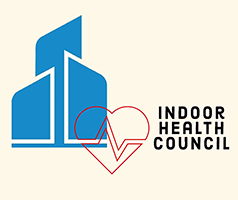The EPA on PFAS
PFAS are widely used, long lasting chemicals, components of which break down very slowly over time.
Because of their widespread use and their persistence in the environment, many PFAS are found in the blood of people and animals all over the world and are present at low levels in a variety of food products and in the environment.
PFAS are found in water, air, fish, and soil at locations across the globe.
Scientific studies have shown that exposure to some PFAS in the environment may be linked to harmful health effects in humans and animals.
There are thousands of PFAS chemicals, and they are found in many different consumer, commercial, and industrial products. This makes it challenging to study and assess the potential human health and environmental risks.
PFAS can be present in our water, soil, air, and food as well as in materials found in our homes or workplaces, including:
- Drinking water—in public drinking water systems and private drinking water wells.
- Soil and water at or near waste sites—at landfills, disposal sites, and hazardous waste sites such as those that fall under the federal Superfund and Resource Conservation and Recovery Act programs.
- Fire extinguishing foam—in aqueous film-forming foams (or AFFFs) used to extinguish flammable liquid-based fires. Such foams are used in training and emergency response events at airports, shipyards, military bases, firefighting training facilities, chemical plants, and refineries.
- Manufacturing or chemical production facilities that produce or use PFAS—for example at chrome plating, electronics, and certain textile and paper manufacturers.
- Food—for example in fish caught from water contaminated by PFAS and dairy products from livestock exposed to PFAS.
- Food packaging—for example in grease-resistant paper, fast food containers/wrappers, microwave popcorn bags, pizza boxes, and candy wrappers.
- Household products and dust—for example in stain and water-repellent used on carpets, upholstery, clothing, and other fabrics; cleaning products; non-stick cookware; paints, varnishes, and sealants.
- Personal care products—for example in certain shampoo, dental floss, and cosmetics.
- Biosolids—for example fertilizer from wastewater treatment plants that is used on agricultural lands can affect ground and surface water and animals that graze on the land.
https://www.epa.gov/pfas/our-current-understanding-human-health-and-environmental-risks-pfas




